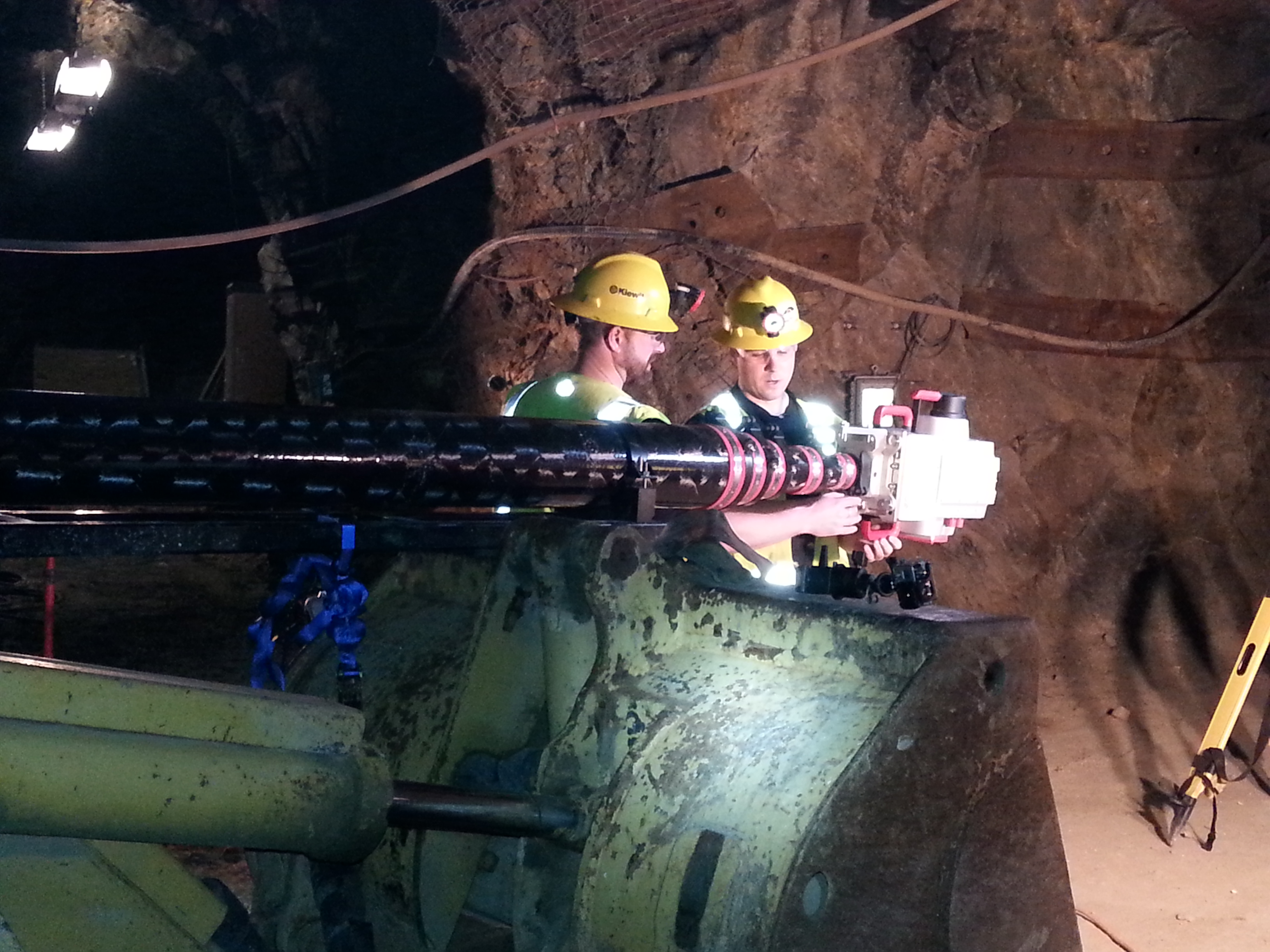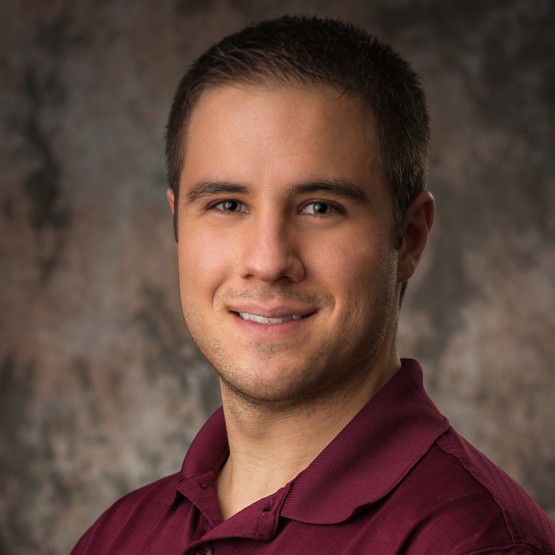Scanning CSM’s Edgar Mine with the I-Site 8200
On December 3rd I visited the Colorado School of Mines’ (CSM) Edgar Mine site and scanned with the Maptek I-Site 8200 underground laser scanner. A CSM professor, Dr. Jürgen Brune, was interested in having an area of their mine scanned where an escape ladder had recently been installed. Dr. Brune wanted a high resolution triangulation to develop a computational fluid dynamics (CFD) ventilation model of the area.
Dr. Brune accompanied me in the mine and allowed me to test several of the scanner’s setup capabilities, including a 10 meter carbon fiber boom, tripod and vehicle mount. In turn, I scanned the area surrounding the newly constructed escape ladder.
The morning of the 3rd was a cold one, with a light snow. I did several test scans outside of the portal with both the tripod and our vehicle mount. Then I installed the 10 meter carbon fiber boom on a piece of their underground mining equipment. The boom installation is a straightforward and simple task. After starting into the portal, it wasn’t long before I found an ideal area to test the boom. We stopped the LHD, grabbed the scanner, and in a matter of seconds had it on the boom and fully extended. The 360 degree scan took less than four minutes.

Afterward, I retracted the boom and took the scanner off, which was just as easy as the setup. I did this process several times – taking the scanner from the case to the boom, from the boom to a tripod, and from a tripod to the boom. I know from my experience working in a mine, if a scanner is not rugged, fast and accurate, it won’t get used. The I-Site 8200 passed with flying colors on all accounts.
Soon we were at the area where the ladder had been installed. The area was a bit tight, and the tube encompassing the rescue ladder made for a better door than window. I decided that three setups around the perimeter of the ladder would get the job done. Each setup took less than four minutes. I added two additional setups making it about a 20 minute job, and resulting in 7.5 million points.
The next day I put the scans into Maptek I-Site Studio 3D point cloud processing software and applied some of our filters to get rid of excess data. Within a few minutes I had a great triangulation for Dr. Brune to use to determine how the addition of the ladder has affected ventilation and air flow in the area. He requested the data in .dxf format, which was easy because that is one of I-Site Studio’s many exportable formats. I sent him the data and that was that! Thank you to Dr. Brune and his group for working with Maptek I-Site on this project. We look forward to building our relationship with the Colorado School of Mines on the next challenge.
For more information about the I-Site 8200 or I-Site Studio, contact your local Maptek office.



